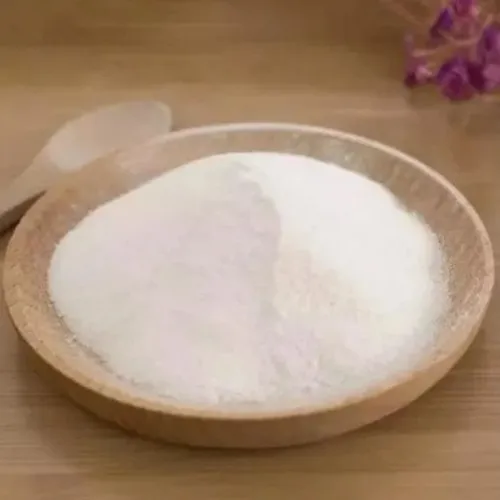Warning: Undefined array key "title" in /home/www/wwwroot/HTML/www.exportstart.com/wp-content/themes/1198/header.php on line 6
Warning: Undefined array key "file" in /home/www/wwwroot/HTML/www.exportstart.com/wp-content/themes/1198/header.php on line 7
Warning: Undefined array key "title" in /home/www/wwwroot/HTML/www.exportstart.com/wp-content/themes/1198/header.php on line 7
Warning: Undefined array key "title" in /home/www/wwwroot/HTML/www.exportstart.com/wp-content/themes/1198/header.php on line 7
- Afrikaans
- Albanian
- Amharic
- Arabic
- Armenian
- Azerbaijani
- Basque
- Belarusian
- Bengali
- Bosnian
- Bulgarian
- Catalan
- Cebuano
- China
- China (Taiwan)
- Corsican
- Croatian
- Czech
- Danish
- Dutch
- English
- Esperanto
- Estonian
- Finnish
- French
- Frisian
- Galician
- Georgian
- German
- Greek
- Gujarati
- Haitian Creole
- hausa
- hawaiian
- Hebrew
- Hindi
- Miao
- Hungarian
- Icelandic
- igbo
- Indonesian
- irish
- Italian
- Japanese
- Javanese
- Kannada
- kazakh
- Khmer
- Rwandese
- Korean
- Kurdish
- Kyrgyz
- Lao
- Latin
- Latvian
- Lithuanian
- Luxembourgish
- Macedonian
- Malgashi
- Malay
- Malayalam
- Maltese
- Maori
- Marathi
- Mongolian
- Myanmar
- Nepali
- Norwegian
- Norwegian
- Occitan
- Pashto
- Persian
- Polish
- Portuguese
- Punjabi
- Romanian
- Russian
- Samoan
- Scottish Gaelic
- Serbian
- Sesotho
- Shona
- Sindhi
- Sinhala
- Slovak
- Slovenian
- Somali
- Spanish
- Sundanese
- Swahili
- Swedish
- Tagalog
- Tajik
- Tamil
- Tatar
- Telugu
- Thai
- Turkish
- Turkmen
- Ukrainian
- Urdu
- Uighur
- Uzbek
- Vietnamese
- Welsh
- Bantu
- Yiddish
- Yoruba
- Zulu
Sep . 06, 2024 14:01 Back to list
Saccharin Production Process - A Comprehensive Guide
Saccharin The History and Production of a Sugar Substitute
Saccharin, a synthetic sweetener discovered over a century ago, has been a subject of fascination and controversy due to its unique properties and health implications. As one of the earliest artificial sweeteners, saccharin offers an intense sweetness that is 300 to 400 times sweeter than sucrose, making it a popular alternative for individuals seeking to reduce sugar intake without sacrificing flavor.
Saccharin The History and Production of a Sugar Substitute
The production of saccharin typically involves several steps. Initially, it is synthesized from toluene, a compound derived from coal tar or petroleum. The process begins with the sulfonation of toluene to form ortho-toluenesulfonic acid, which is then further processed through oxidation and hydrolysis, eventually leading to the formation of saccharin. This method not only results in a highly sweet compound but also ensures that the manufacturing process can be scaled up to meet global demand.
saccharin made from

Despite its popularity, saccharin has faced scrutiny over the years due to alleged health risks. Early studies, particularly those conducted in the 1970s, indicated that saccharin could be linked to bladder cancer in laboratory rats, prompting calls for regulation and bans in some areas. However, subsequent research and reviews by numerous health organizations, including the United States Food and Drug Administration (FDA) and the World Health Organization (WHO), concluded that saccharin is safe for human consumption when consumed within established guidelines. As a result, saccharin has been reclassified and is now widely recognized as a safe alternative to sugar.
Today, saccharin is used in a variety of food products, beverages, and medications. Its primary appeal lies in its calorie-free status, making it an attractive option for those looking to reduce their caloric intake. You can find saccharin in tabletop sweeteners, diet sodas, sugary snacks, and even some pharmaceutical products—providing sweetness without the added calories of regular sugar.
The versatility and effectiveness of saccharin have solidified its position in the global market of sweeteners. However, as consumer preferences shift towards more natural alternatives, competition from other sweeteners, such as stevia and monk fruit extract, continues to grow. This trend has prompted manufacturers to innovate and blend saccharin with other sweetening agents, aiming to recreate the balanced flavor profile that consumers desire.
In conclusion, saccharin, with its rich history and complex production process, remains an important player in the world of artificial sweeteners. Despite past controversies, current research supports its safety, and it continues to serve as a vital option for those looking to enjoy sweetness without added sugar. As science progresses and consumer preferences evolve, saccharin's role may adapt, but its legacy as one of the first artificial sweeteners is indelible.
Latest news
-
Certifications for Vegetarian and Xanthan Gum Vegetarian
NewsJun.17,2025
-
Sustainability Trends Reshaping the SLES N70 Market
NewsJun.17,2025
-
Propylene Glycol Use in Vaccines: Balancing Function and Perception
NewsJun.17,2025
-
Petroleum Jelly in Skincare: Balancing Benefits and Backlash
NewsJun.17,2025
-
Energy Price Volatility and Ripple Effect on Caprolactam Markets
NewsJun.17,2025
-
Spectroscopic Techniques for Adipic Acid Molecular Weight
NewsJun.17,2025

